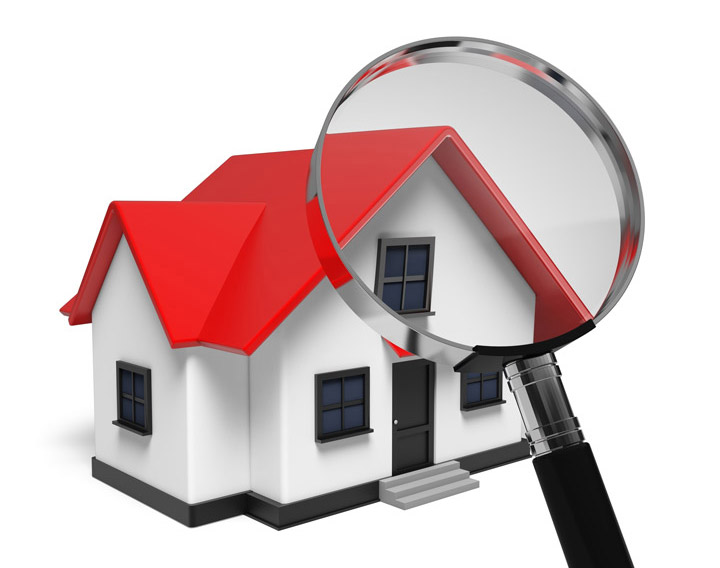
What Are the Components of an Appraisal?Purchasing a house is the most significant transaction most of us could ever consider. Whether it's a primary residence, a second vacation property or one of many rentals, purchasing real property is an involved transaction that requires multiple parties to pull it all off. The majority of the parties involved are very familiar. The real estate agent is the most known face in the transaction. Then, the lender provides the money necessary to finance the deal. And ensuring all requirements of the exchange are completed and that the title is clear to pass from the seller to the buyer is the title company. So, who's responsible for making sure the property is worth the purchase price? This is where the appraiser comes in. We provide an unbiased estimate of what a buyer might expect to pay — or a seller receive — for a property, where both buyer and seller are informed parties. A licensed, certified, professional appraiser from Active Appraisal Services, Inc. will ensure, you as an interested party, are informed. Appraisals begin with the inspectionOur first task at Active Appraisal Services, Inc. is to inspect the property to determine its true status. We must actually see features, such as the number of bedrooms and bathrooms, the location, and so on, to ensure they really are there and are in the condition a typical buyer would expect them to be. The inspection often includes a sketch of the house, ensuring the square footage is correct and illustrating the layout of the property. Most importantly, we identify any obvious amenities - or defects - that would affect the value of the house. After the inspection, an appraiser uses two or three approaches to determining the value of real property: paired sales analysis and, in the case of a rental property, an income approach. 
Cost ApproachHere, we gather information on local building costs, labor rates and other elements to determine how much it would cost to replace the property being appraised. This figure commonly sets the upper limit on what a property would sell for. The cost approach is also the least used predictor of value. 
Analyzing Comparable SalesAppraisers are intimately familiar with the subdivisions in which they work. They thoroughly understand the value of certain features to the homeowners of that area. Then, the appraiser researches recent transactions in close proximity to the subject and finds properties which are 'comparable' to the subject at hand. By assigning a dollar value to certain items such as upgraded appliances, extra bathrooms, additional living area, quality of construction, lot size, we add or subtract from each comparable's sales price so that they more accurately match the features of subject.
A valid estimate of what the subject might sell for can only be determined once all differences between the comps and the subject have been evaluated. At Active Appraisal Services, Inc., we are an authority in knowing the worth of real estate features in Hales Corners and Milwaukee County neighborhoods. The sales comparison approach to value is usually given the most weight when an appraisal is for a home purchase. Valuation Using the Income ApproachIn the case of income producing properties - rental houses for example - we may use an additional approach to value. In this scenario, the amount of revenue the property produces is taken into consideration along with income produced by similar properties to determine the current value. Coming Up With The Final ValueCombining information from all applicable approaches, the appraiser is then ready to stipulate an estimated market value for the subject property. It is important to note that while this amount is probably the most accurate indication of what a house is worth, it may not be the price at which the property closes. Depending on the specific situations of the buyer or seller, their level of urgency or a buyer's desire for that exact property, the closing price of a home can always be driven up or down.But the appraised value is often used as a guideline for lenders who don't want to loan a buyer more money than they could recover in the event they had to sell the property again. The bottom line is, an appraiser from Active Appraisal Services, Inc. will help you attain the most fair and balanced property value, so you can make profitable real estate decisions. |